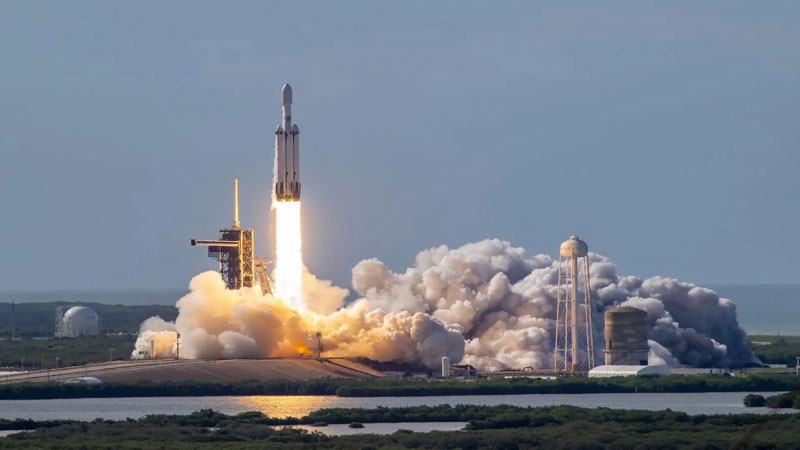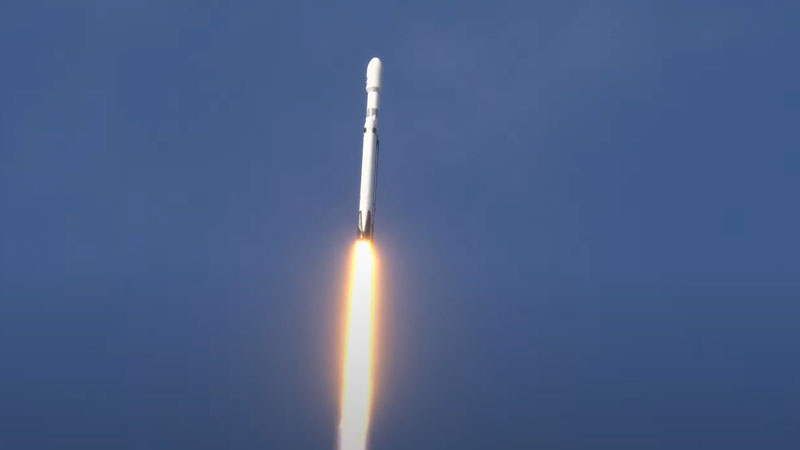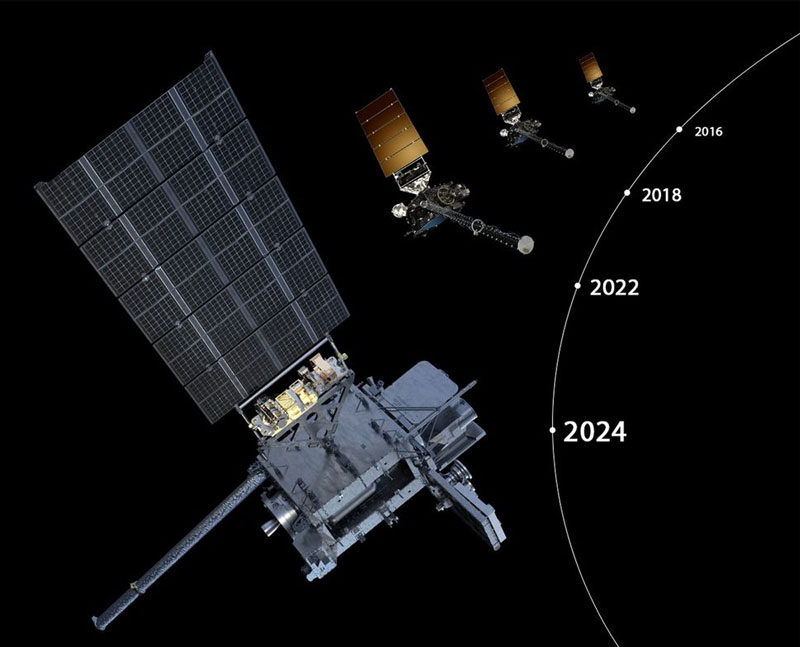Today at 00:26 Moscow time, the heavy rocket Falcon Heavy from SpaceX made the 10th launch in its career. The rocket took off from Launch Complex 39A at NASA’s Kennedy Space Center. Eight minutes later, the side boosters landed softly on the pad. The main stage was not going to return, the payload was too heavy – the 5-ton GOES-U meteorological satellite, the launch of which required the use of all the fuel.

Image source: Spacex
SpaceX signed a contract with NASA in 2022 to deliver the GOES-U satellite to a geostationary orbit at an altitude of 35,785 km. At that time, its cost was $152.5 million. SpaceX fulfilled its part of the work – the satellite was launched into the target orbit approximately 4.5 hours after launch. To operate as part of a network of similar satellites, it received the number GOES-19 and will replace the GOES-16 satellite next spring. Until that time, the GOES-19 equipment will be prepared for regular operation.

The satellite was launched as part of a collaboration between NASA and the US National Oceanic and Atmospheric Administration (NOAA). It is designed, among other things, to track storms, hurricanes and typhoons. It will monitor primarily the Western Hemisphere, taking high-resolution images more often than once every 30 minutes. According to NOAA representatives, more frequent images provide a better understanding of the stages of typhoon development.

One of the interesting instruments on the GOES-19 satellite will be the compact coronagraph CCOR-1. It will replace the NASA/ESA SOHO solar space observatory. Thanks to the artificial eclipse system, the instrument will be able to almost continuously monitor emissions from the Sun and, in a broader sense, will monitor space weather.
